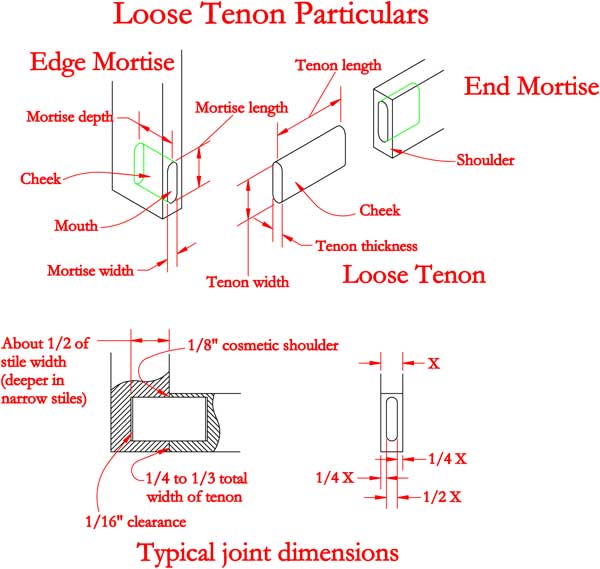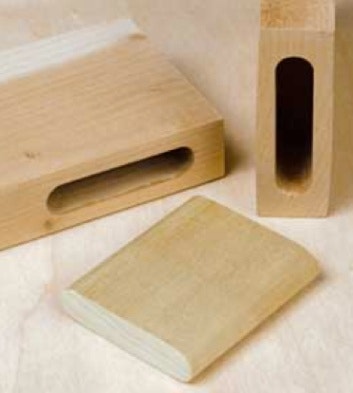Loose Tenon Joinery Basics
I’ve used loose tenon joints to construct tables, chairs, post-and-rail casework, a workbench, cabinet doors, even architectural doors.
I may be a power tool kind o’ guy, but nevertheless, I favor traditional joints, those proven through centuries of use. The mortise-and-tenon is one. It has been in use not simply for hundreds of years, but for thousands of years, with examples found in ancient Egyptian furniture.
Instead of cutting a mortise in one part and a tenon on the other, I rout identical mortises in both parts to be joined, and connect them with a fitted strip of wood called a loose tenon. Here are the names of the tenon and mortise parts as well as the basic layout rules.

Keep the inspiration coming!
Subscribe to our newsletter for more woodworking tips and tricks


